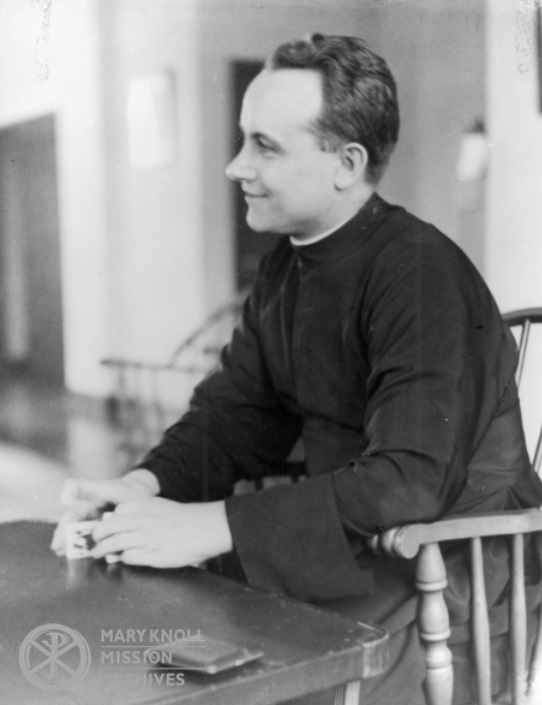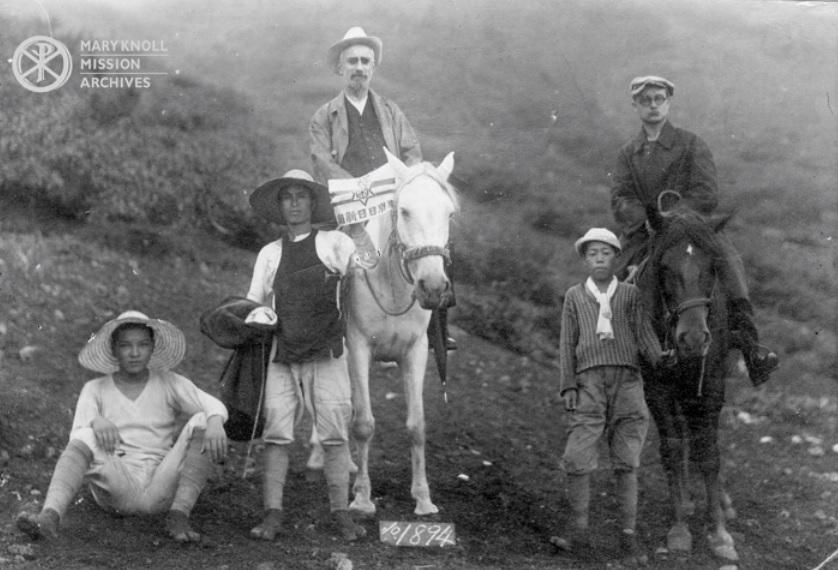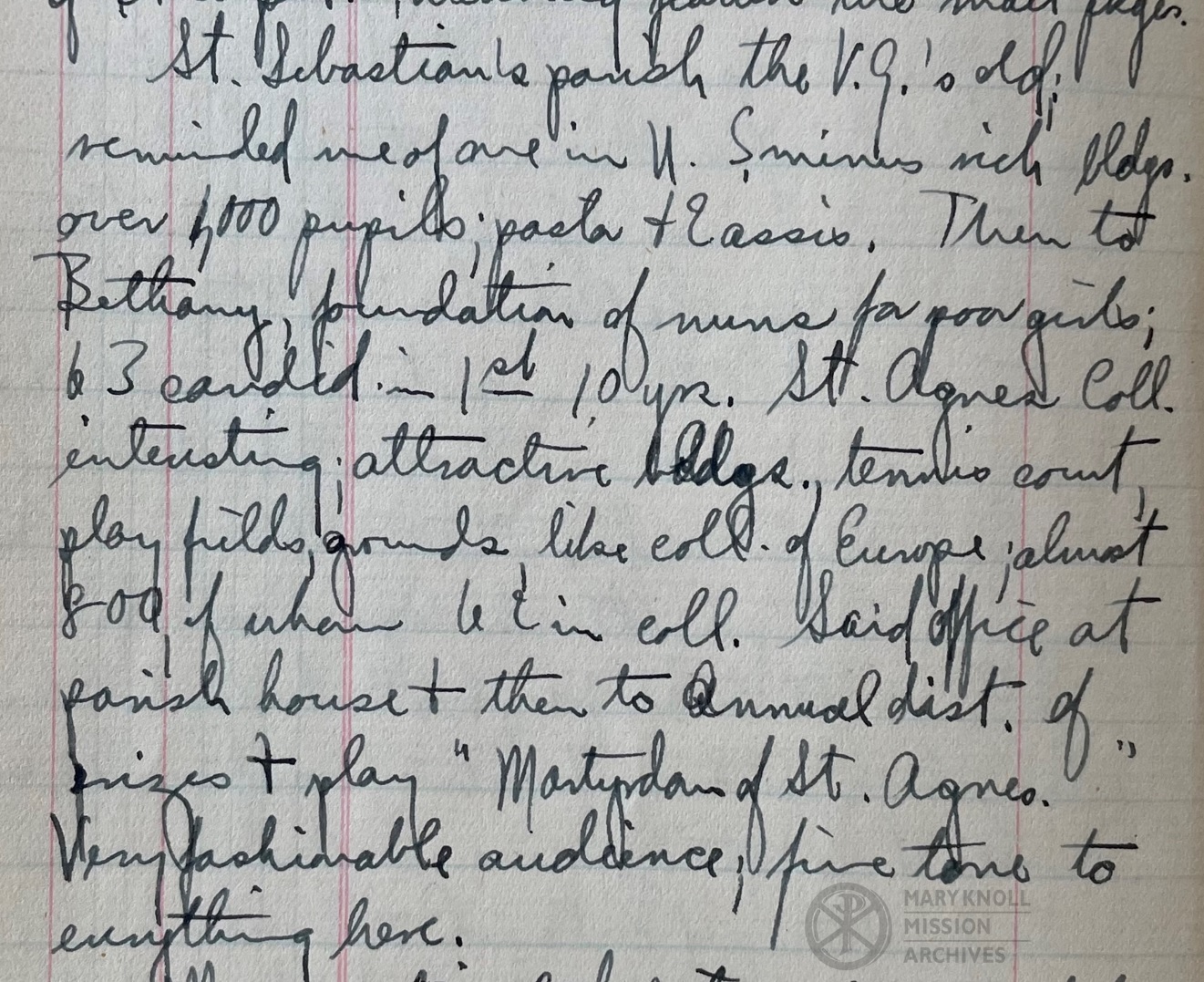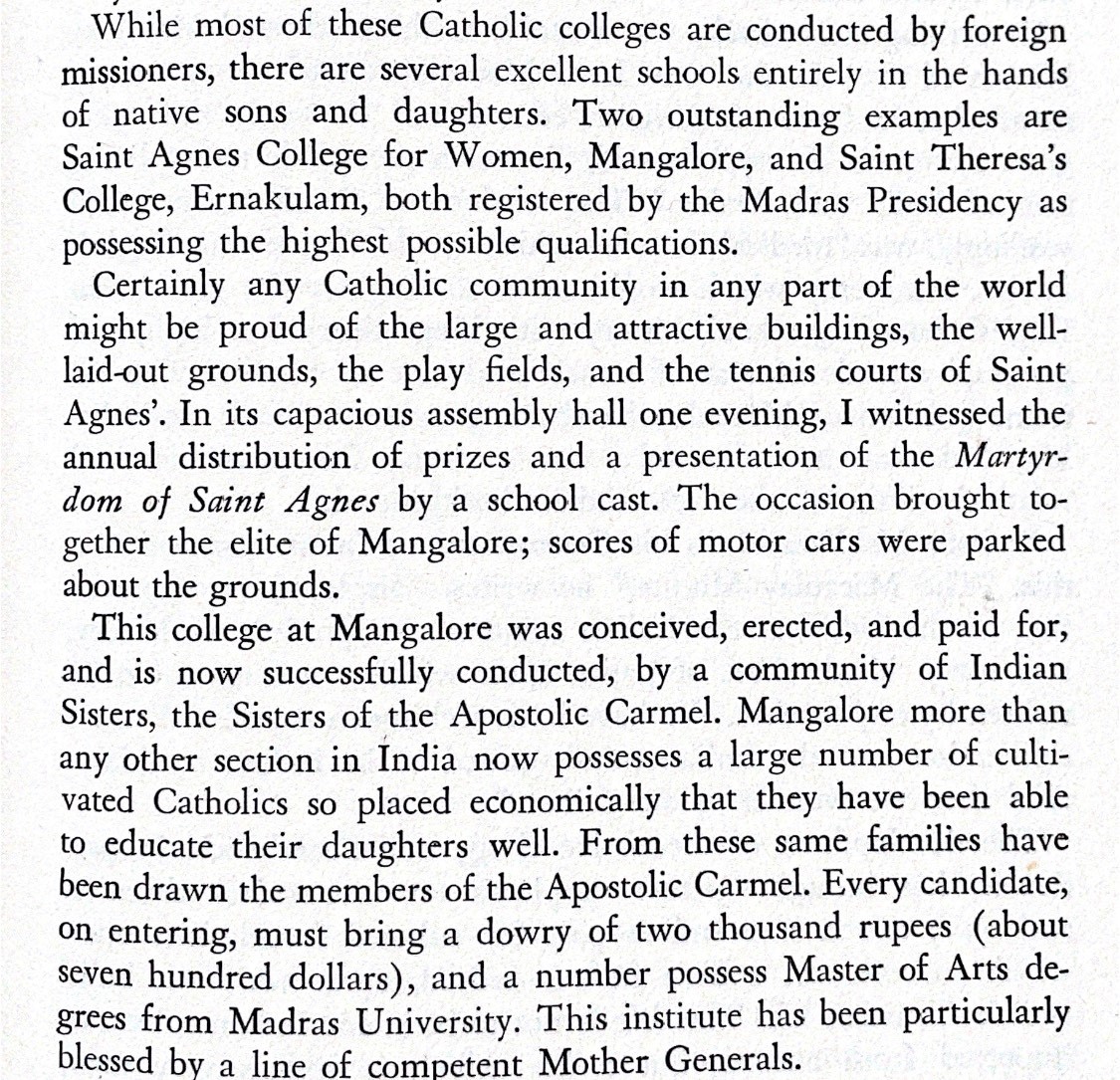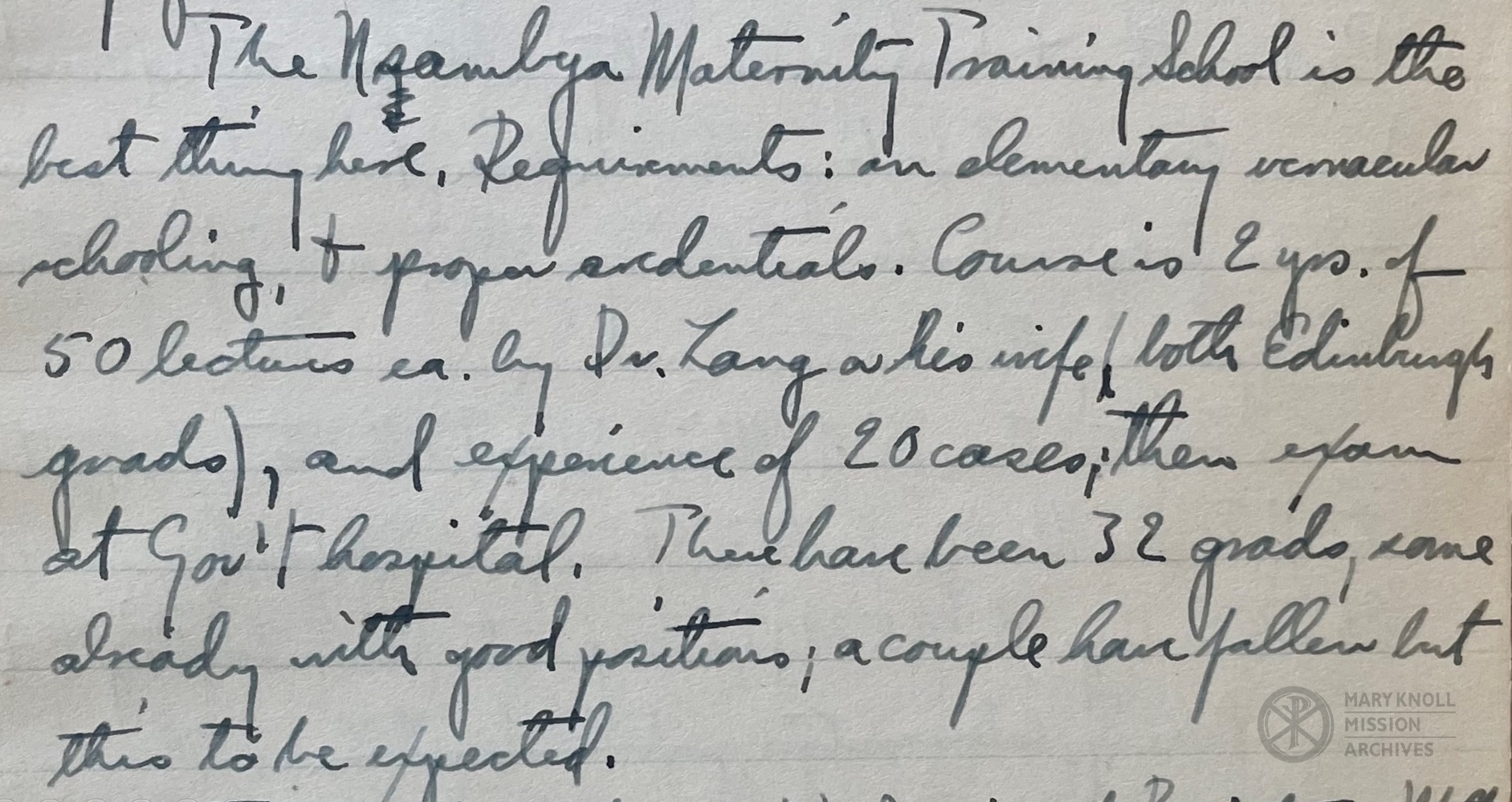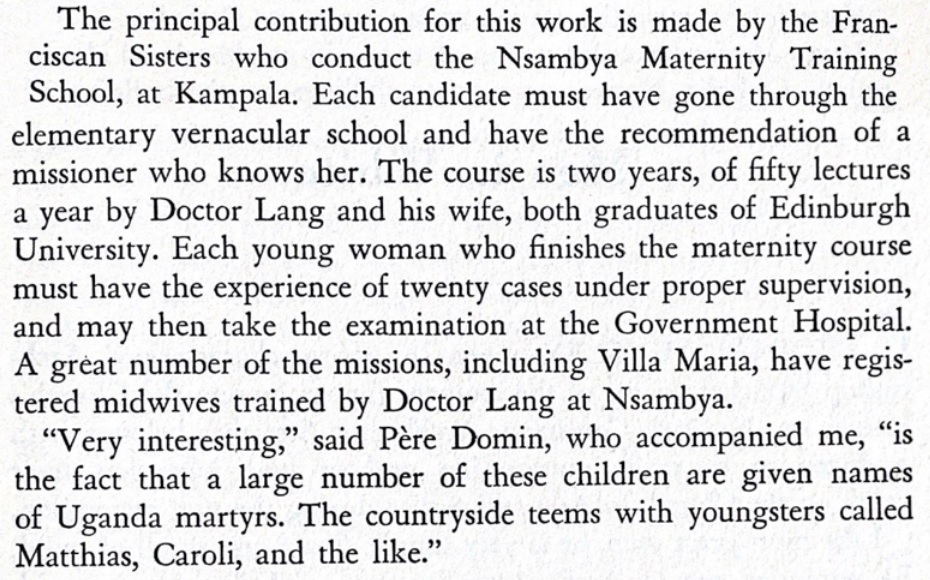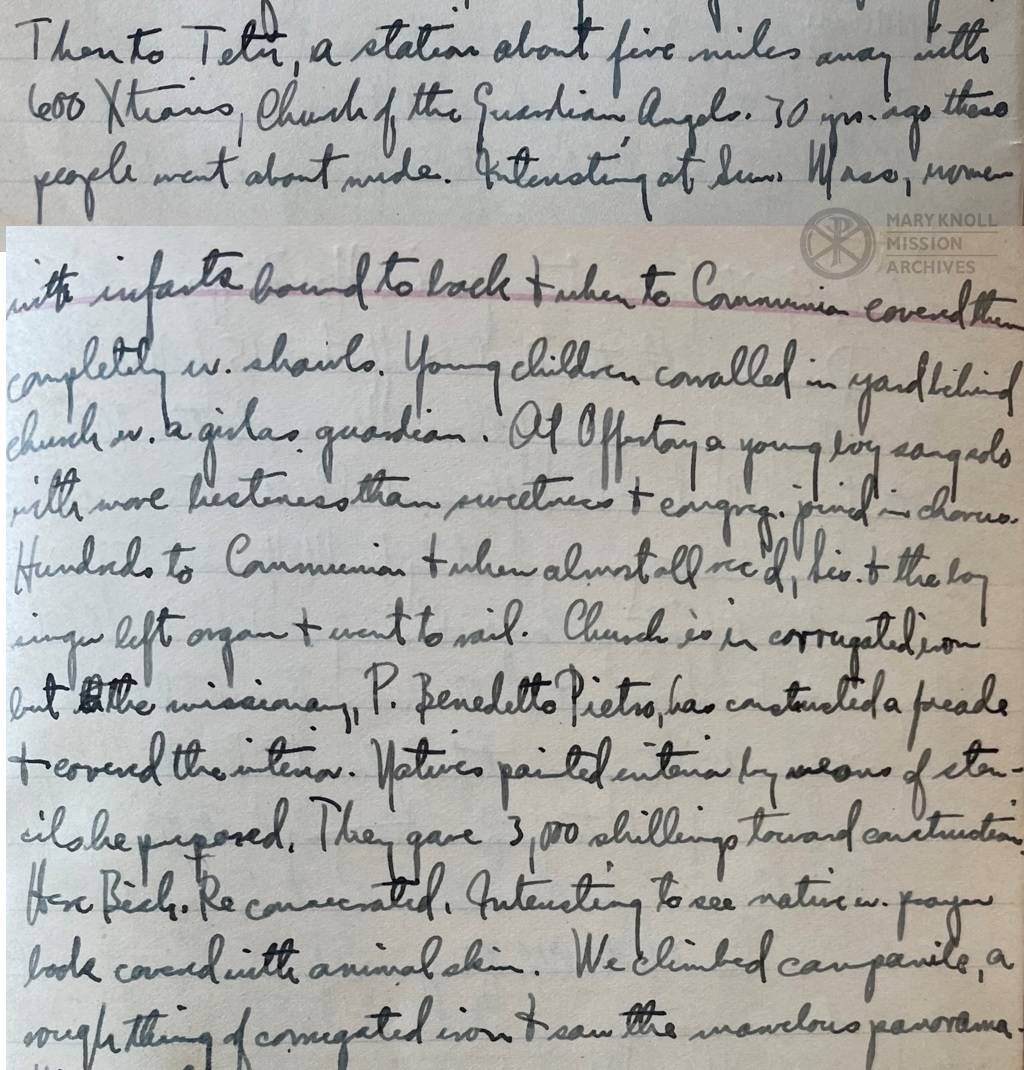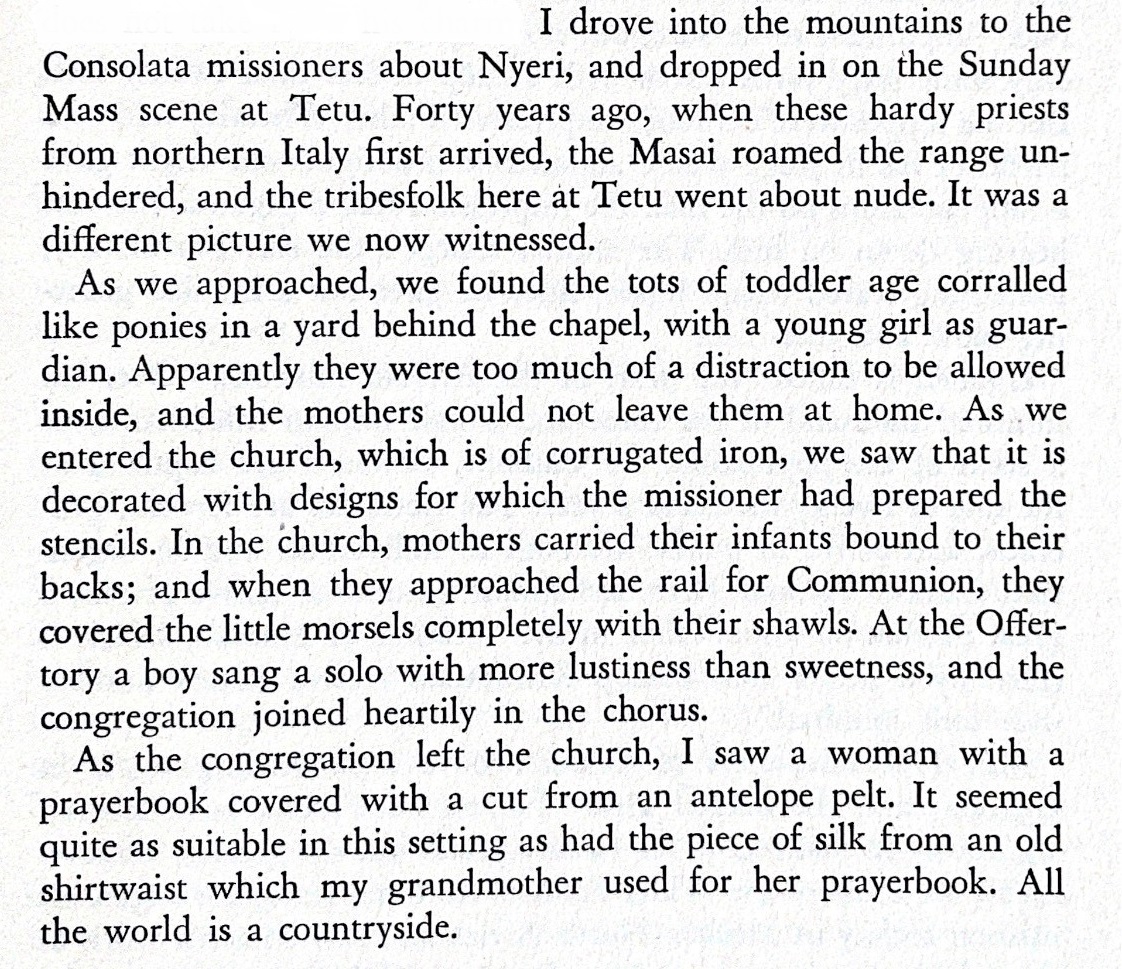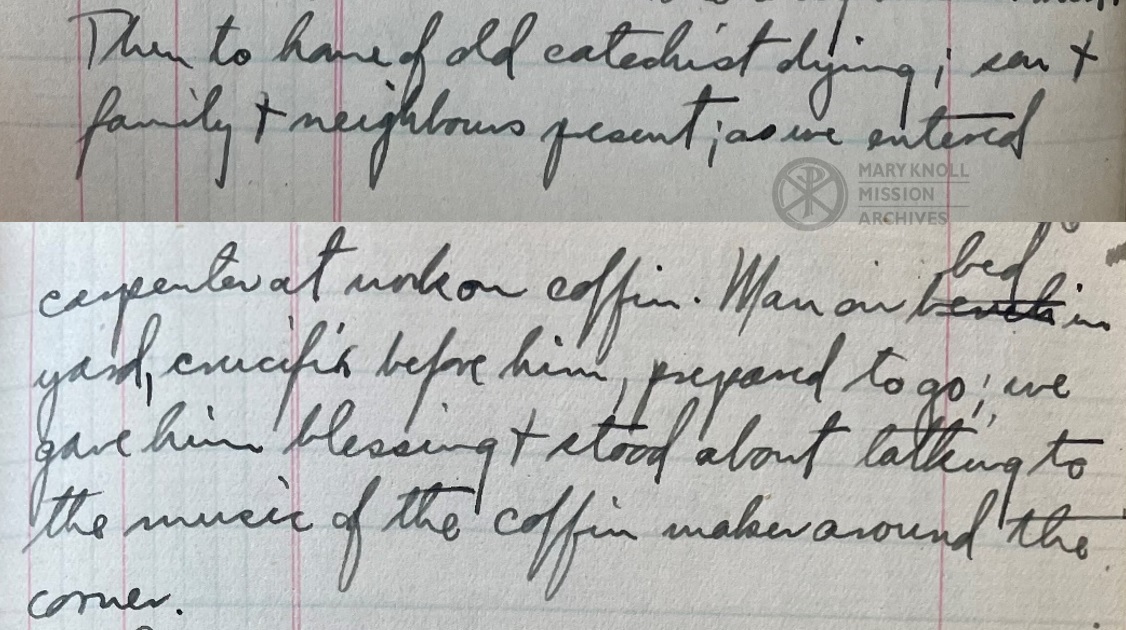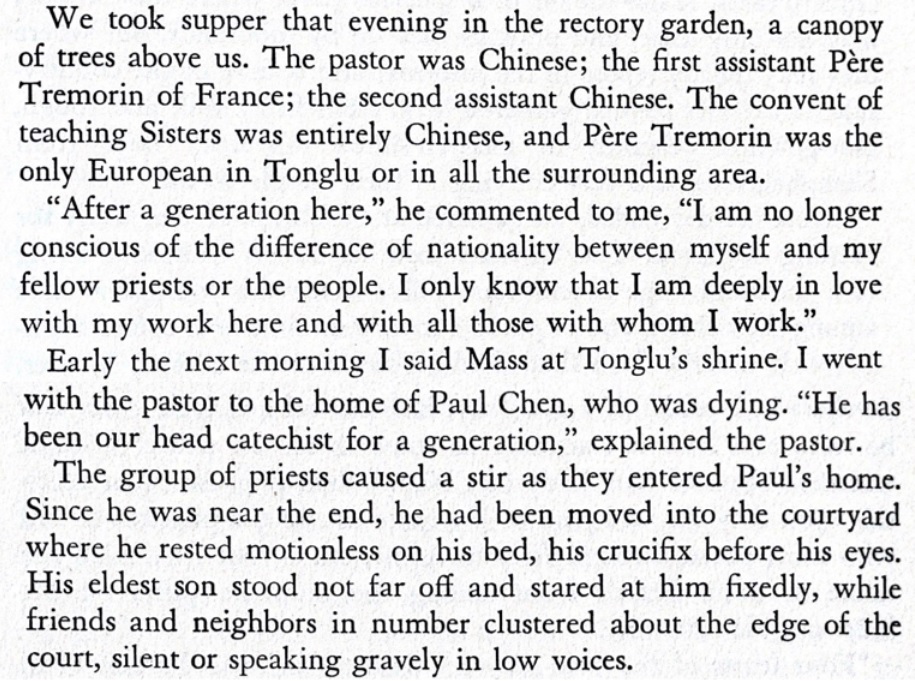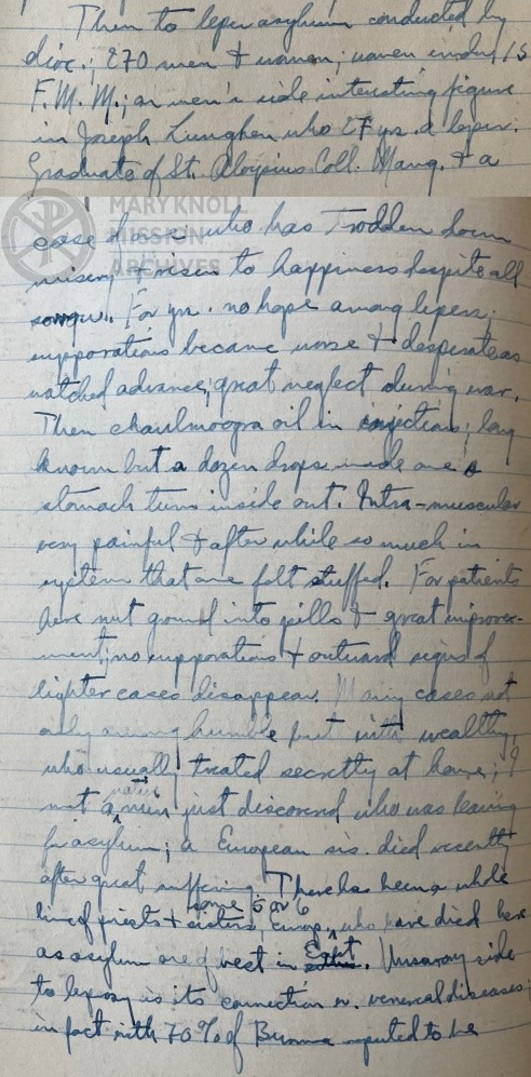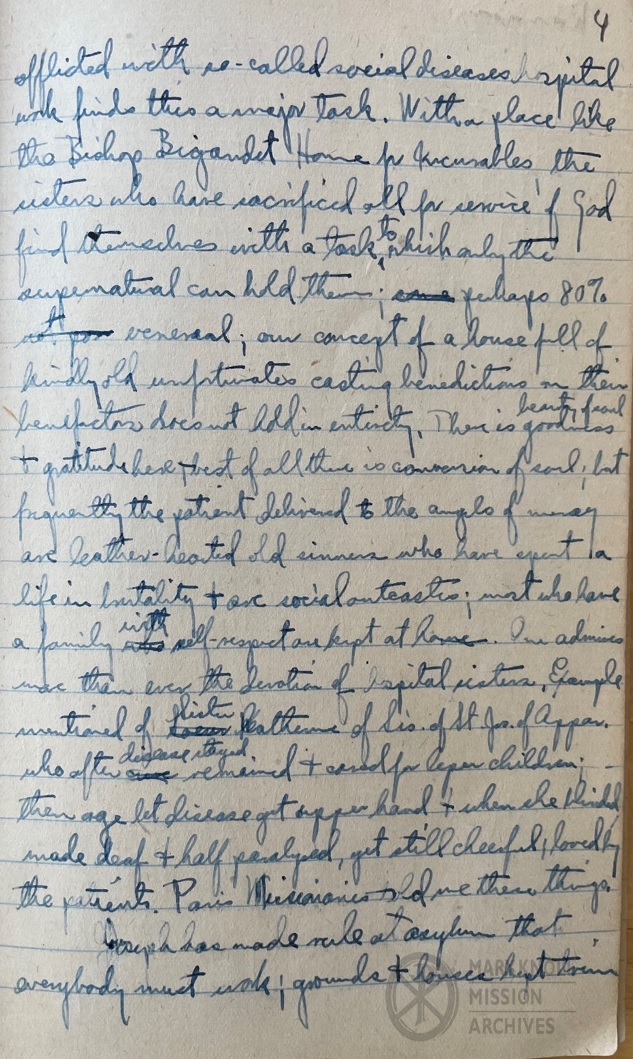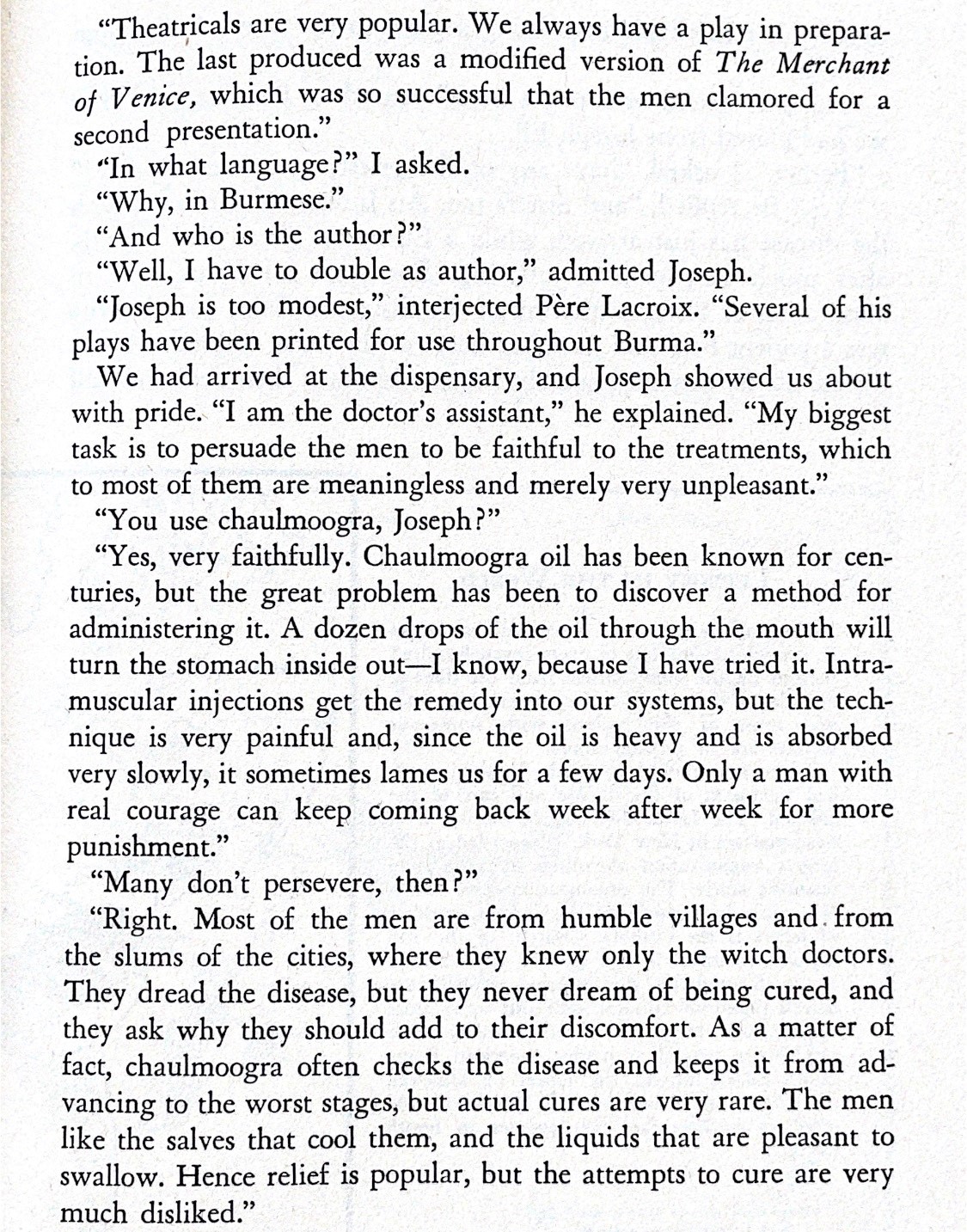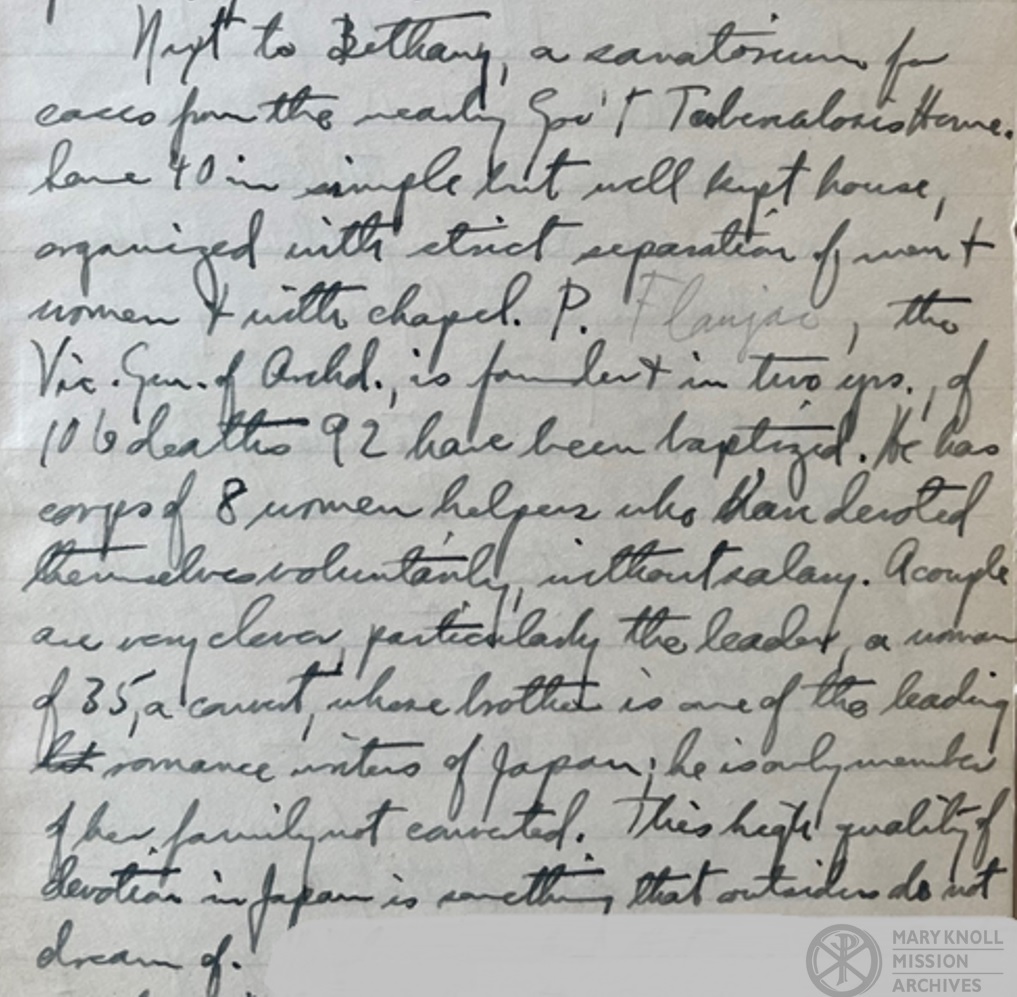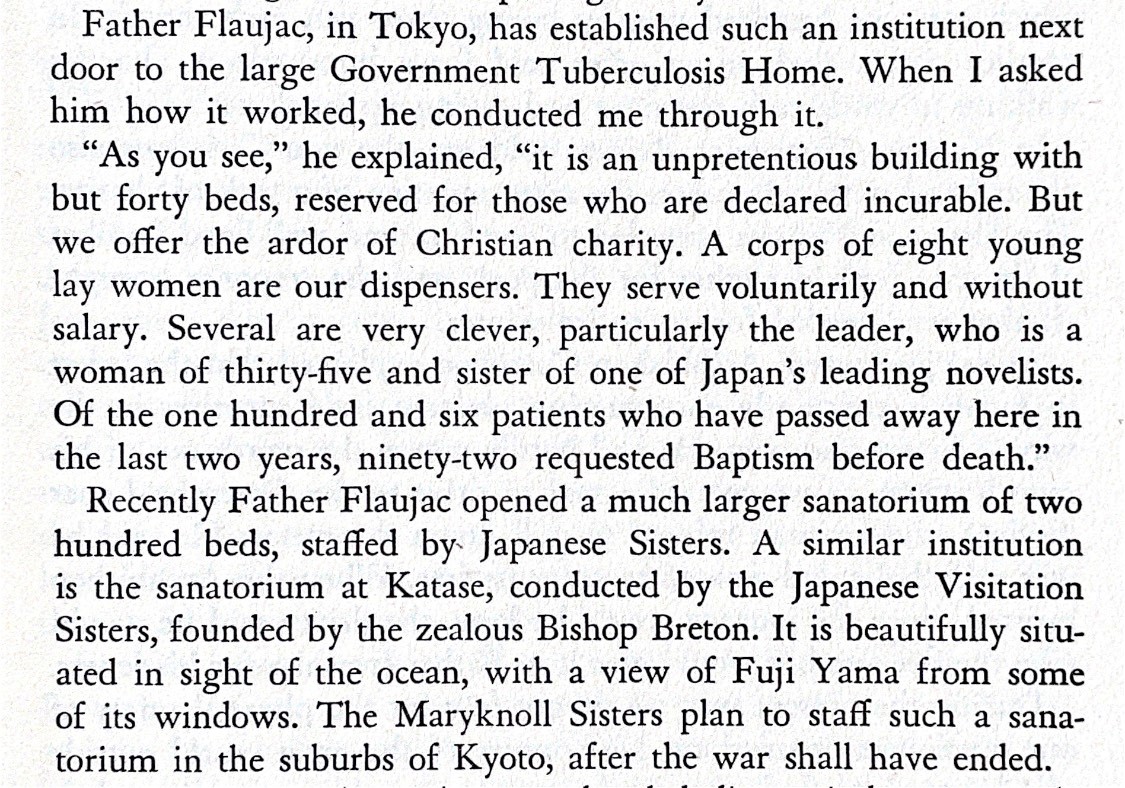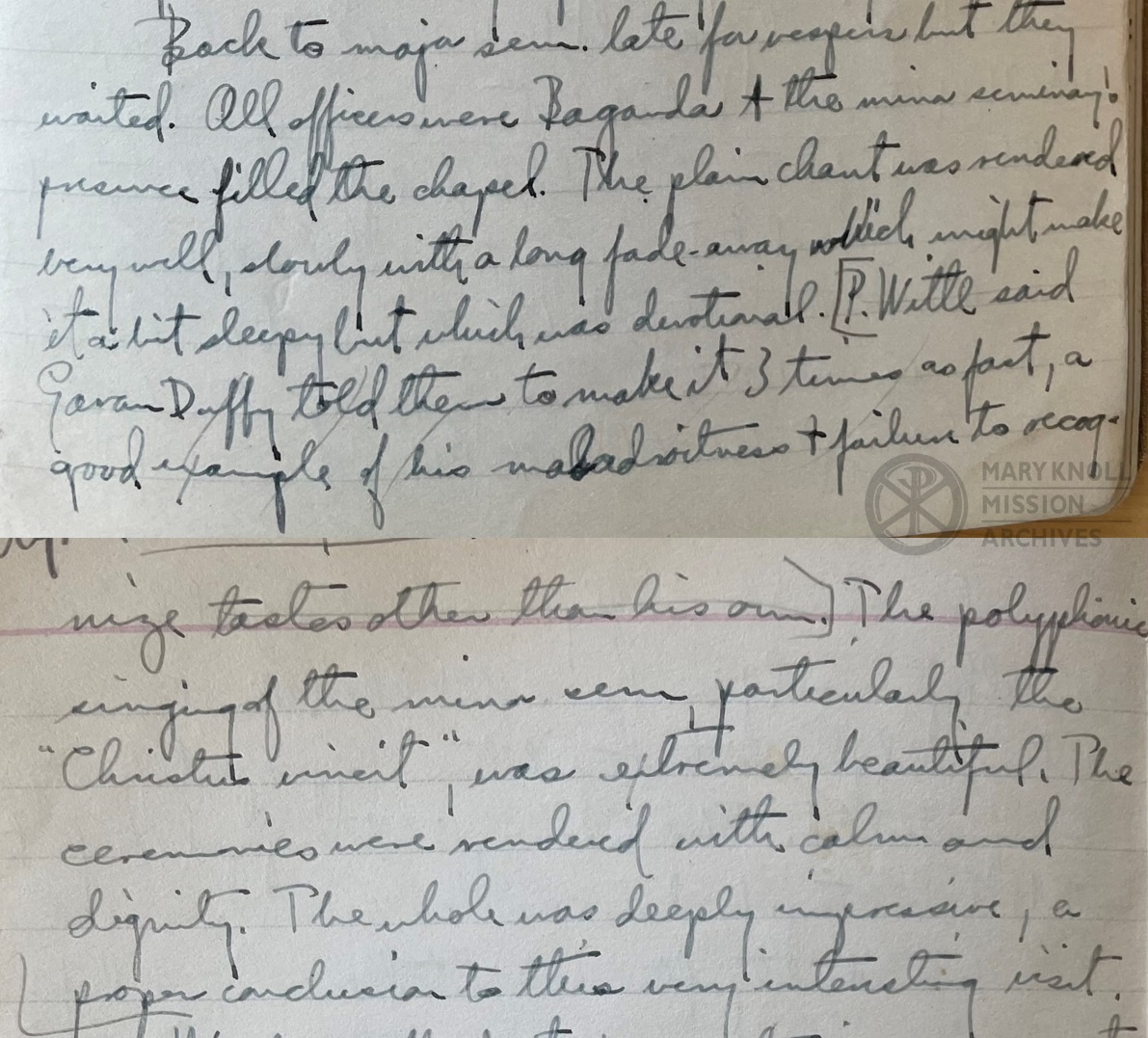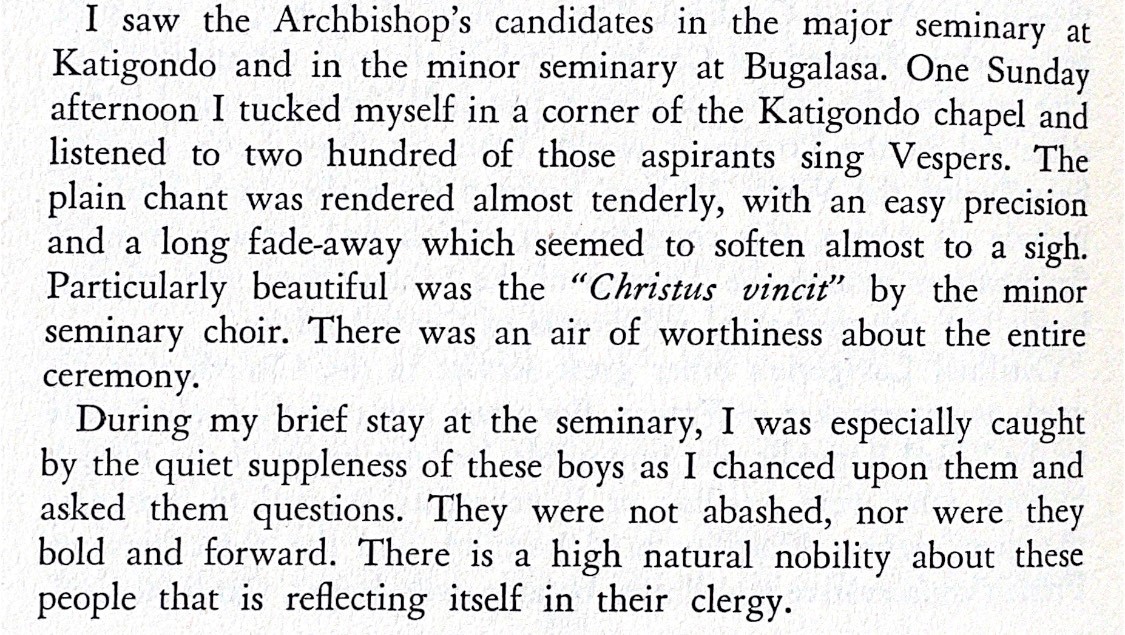Across a World was written by Father John Considine and published in 1942. It tells the story of Fr. Considine’s journey around the globe while he researched worldwide Catholic mission strategy. From 1924 to 1934, Fr. Considine served as Maryknoll’s Procurator General in Rome. He ran the Maryknoll office, coordinated travel and education for Maryknollers, and maintained good relationships with the Roman Curia.
In 1927, he became the first director of the Fides News Service. In this role, he took on a new assignment. During two trips, he ventured into the world and explored how Catholics did mission. From 1931 to 1932, he went from Italy to South and East Asia, then to Africa and back to Europe. In 1935, he visited the Middle East. Fr. Considine kept detailed diaries during his two world tours and later turned them into Across a World.
Fr. Considine knew that one day he would use his diaries to report on mission around the world. This reporting was important and could influence future decisions about mission. So he had to strike a balance with his notes. Not too much extraneous detail, or important information could be lost. But not too little, or he could never turn the diaries into engaging reports.
As he crafted his manuscript, Fr. Considine tried to show the real impact of mission work. Generally, this work fell into four categories: education, parish ministry, medical care, and local seminaries and novitiates. Using diary entries and the published book, we will explore each category. By comparing the two, we see how Fr. Considine translated quick scribbles into intriguing chapters. Click on the images to enlarge.
Education
Education was a common way for the Catholic Church to connect to a community. Even if the community was not Catholic, community members often valued the Catholic style of teaching. Schools and universities run by the Church offered the usual secular subjects like math and history. And, if it was allowed, they included religious education too. Communities also became home to Church-supported schools for professions like teaching or nursing. Of course, not all students in Catholic education were Catholic. But early missioners hoped that a Catholic education would have a positive impact on students’ lives.
On his journey, Fr. Considine saw the impacts of many Catholic schools and universities on their communities. Below are two examples of the types of education the Church provided in mission locations.
Mangalore, India
Kampala, Uganda
Parish Ministry
An early-20th-century mission priest spent much of his time getting to know the people of his parish. In those days, a parish did not just mean one church building. It meant a whole neighborhood, a district, or sometimes a county! The priest visited different churches to celebrate Mass each week and socialize with the congregation. He learned about the people, their community, and their needs. In addition to Mass, he conducted sacraments like baptism and confession, visited the sick, and offered support to those in distress. Then, he traveled many miles to the next mission station – by car, horse, boat, motorcycle, anything that would get him from A to B – to do it all again. That was doing mission parish ministry.
Fr. Considine visited with many priests on his travels and went with them in their parish ministry work. Below are a few of his impressions of this kind of ministry.
Tetu, Kenya
Tonglu, China
Medical Care
The tradition of healing the sick has been a part of the Catholic Church since its beginning. Many religious orders were founded to offer medical care to those in need. Missioners created many types of healthcare settings to address different sicknesses and social needs. There were neighborhood clinics to handle common problems like colds and burns. And there were specialty clinics for maternity care, children’s care, vaccinations, and more. Some hospitals cared for all kinds of patients, while others helped those suffering from a specific disease. Missioners who provided medical care had to be prepared for anything, as the community’s needs could change quickly.
Fr. Considine encountered general and specialty medical care on his journey. Below are two examples of specialty care given to those with specific illnesses – leprosy and tuberculosis, which were common diseases in many mission locations.
Rangoon, Myanmar
Tokyo, Japan
Local Seminaries and Novitiates
One way the Catholic Church sought to expand its reach in the world was through local seminaries and novitiates. These institutions offered young men and women the opportunity to become priests, brothers, or nuns. Sometimes they were staffed by local Fathers, Brothers, and Sisters, sometimes by Europeans, and sometimes by both. Local seminaries and novitiates gave students both secular and religious educations. Some also placed special emphasis on certain activities or skills, like music or trades. With this background, students were prepared for a life in the Church.
Fr. Considine visited several local seminaries and novitiates on his travels. Below we see how these seminaries and novitiates trained students in their unique environments.
Katigondo, Uganda
Ranchi, India
Across a World introduced readers to settings found more in fiction than real life. In the 1940s, Americans may have only thought of foreign nations in the context of modern wars or ancient history. Fr. Considine aimed to change that. He did not set out around the world to write a book. But, he hoped the book could open people’s eyes to the impactful work done in foreign missions. No matter where you live, you can recognize the role of a school, a parish, or a hospital on a community. Across a World taught readers about global mission and showed them the real-life impacts of missioners in the world.
To any reader who is inspired by the excerpts we’ve shared here and wishes to follow Fr. Considine through the pages of Across a World , we offer some guidance for your journey. As the book was written in the 1940s, you will find that a portion of the author’s observations about his travels reflect some of the cultural and racial prejudices of the time. Modern readers may be uncomfortable with some of the language used and concepts expressed.

